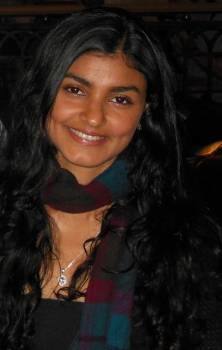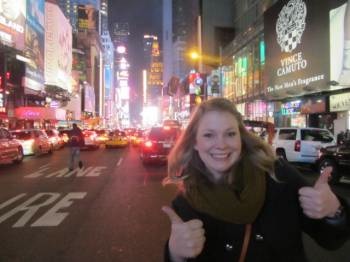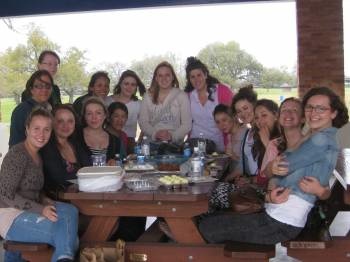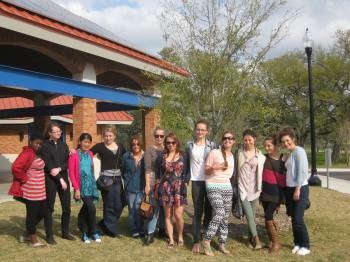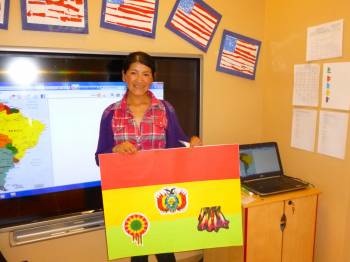Each March, the International Au Pair Association presents the Au Pair of the Year Award to the winner selected from among hundreds of au pairs nominated by their host families.
This year the winner is Femke Meyer, 19, from Germany who was presented the award at the IAPA Annual Conference in Rome, Italy on March 13, 2013.
The award recognizes young women for their outstanding childcare, commitment to the au pair program spirit, and their accomplishments in international cultural exchange.
It also celebrates the spunk, intellectual curiosity, and willingness to work hard that young women show when they sign up as au pairs for a yearlong match with a host family in a foreign country.
Two au pairs in our cluster were nominated for Au Pair of the Year this year!!
The host families of Svenja Denker and Blanca Orellana Reyes were so delighted with their performance that they went to the trouble of writing nominating essays explaining what
WONDERFUL, SMART, HARD WORKING, ENGAGING, FRIENDLY, DEPENDABLE… and altogether “BEST EVER” au pair each of them had been, and how much the families and au pairs enjoyed learning about each others’ cultures and customs.
Congratulations to Blanca and Svenja for providing excellent childcare and being great cultural ambassadors for Costa Rica and Germany!
